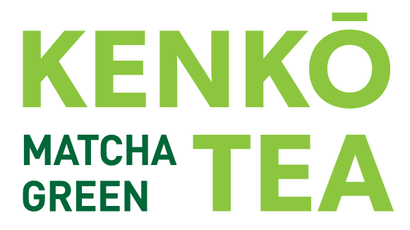
Lately, we have noticed there’s growing interest in matcha as a new beauty trend. Matcha green tea has become popular for its amazing health benefits, including antioxidation, detoxification, anti-inflammation or anti-aging.
With these wonderful benefits, matcha is now starting to make inroads as a natural skin care product.
For many years people been drinking matcha to get healthier skin and even creating homemade matcha facial masks as beauty products. But now several major cosmetic companies are using green tea extract in their skin care products, such as The Body Shop, Replenix, St. Ives, Garnier and Innisfree.
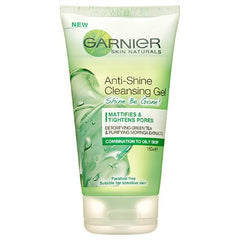
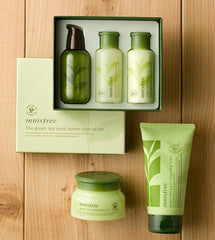

So how does green tea help skin care? Does matcha, a powdered form of green tea, help treat acne or skin aging?
To help clear things up, at Kenko Tea we’re going to take a detailed and comprehensive look at matcha green tea’s effects on skin care.
Skin Care Industry
In any era of history, it’s a universal truth that everyone wants to look great, young and healthy. Today, with the growth of social media and the selfie trend, the need to look beautiful is becoming even more demanding, making the skin care industry one of the fastest-growing industries in the world.

Skin care first emerged more than 6000 years ago, in ancient Egypt. Ancient Egyptians learned to used different herbal and natural ingredients, including olive oil, henna, dough or milk, to treat and protect their skin. Ayurvedic skin care from India was rich with natural substances, like aloe vera, cocoa, coconut oil, emu oil, honey, and so on. In medieval Asia, varieties of teas or rice were popular natural beauty products.
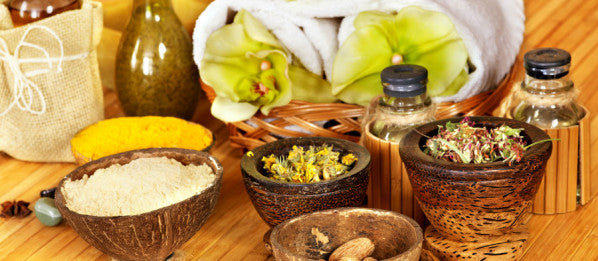
In recent years, skin care using natural products has been growing in popularity as people become more aware of the effects chemicals can have and their ecological impacts. People are seeking natural and organic skin care products, preferring them over mass-produced and synthetic cosmetics.
Natural products offering UV protection and anti-aging benefits are also becoming popular. More and more scientific studies show the correlation between UV rays and the risk of skin cancer. With the growing awareness and concern of ozone depletion and UV damage, skin cancer and aging prevention have been the key benefits that 46% of consumers look for in skin care products since 2013.
With these two new skin care trends, people are seeking green tea as a new potential skin care ingredient.
But does matcha help treat the skin?
Check out the infographic below for a quick information. We also have the full article for comprehensive details.

About Matcha
People love matcha (抹茶) because of its interesting flavor and wonderful nutritional and beneficial profile! There are many scientific researches have studied on the health benefits, nutrient and antioxidant content of matcha, making it one of the biggest healthy food trends of 2015.
Matcha is known for its SUPER high content of antioxidants, 137 times higher than the regular brewed green tea. Comparing with other superfoods, its antioxidant content is:
- 6 times more than Goji Berries
- 7 times more than Dark Chocolate
- 17 times more than Blueberries
- 80 times more than Spinach
With the high content of antioxidants that matcha has, many scientists believe it is a potential in treatment of skin problems, such as skin aging, UV damage, inflammatory, and acnes.
The two major antioxidants which are studied to contribute to skin treatments are EGCG and chlorophyll.
EGCG… what is it?
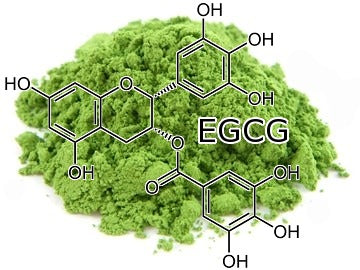
EGCG or Epigallocatechin-3-gallate is the one of the fourmajor catechins, a type of polyphenol, in green tea. EGCG is also the mostphotoprotective polyphenolic component of green tea. It’s abundant in the leaves, makes up almost30% of the dry leaf weight. It is a natural antioxidant that becomes popular in therapeutic treatment and prevention of diabetes and obesity. It helps promoting fat oxidation and boosting metabolism, which is super helpful inweight loss.
Several researches have shown that this antioxidant also possesses antimicrobial and anti-cariogenic properties, byinhibitingthe growth of many bacterial species and harmful free radicals.
How about Chlorophyll?
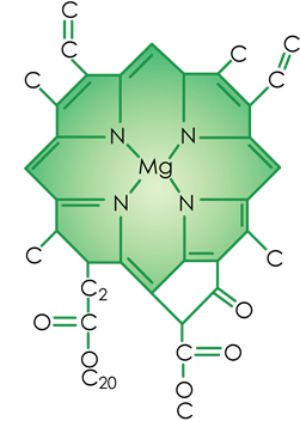
Chlorophyll is another natural antioxidant that is abundantly found in matcha. It is a molecule with green pigment, and concentrated on the leaves to convert sunlight energy to cellular energy which can be metabolized by us.
It is exceptionally abundant in matcha because of how matcha is cultivated. Before harvesting, the tea plants are grown in the shade, which promotes the leaves to produce TONS of chlorophylls. Matcha, therefore, is a great source for body detoxification.
Well, so how can these 2 molecules in matcha help in skin treatment? These molecules can help the two common skin problems, skin aging and acne. We will take a look of these two common problems and how matcha can help treating them.
Matcha and Anti-aging
What is skin aging?

Skin aging is the skin problem that everyone faces. Genetic, hormonal and environmental mechanisms all drive skin aging. There are2 types of skin aging: intrinsic and extrinsic aging.
- Intrinsic: aka chronologic aging. This is the natural aging process through normal metabolism
- Extrinsic: aka environmental-drive aging. This is the aging process that caused by exogenous factors, such as UV exposure, smoking, alcohol, etc.
What cause anti-aging?
The cause of skin aging is the formation of harmful free radicals (mostly from UV light), which are highly reactive molecules that damage cells, DNA, proteins and cause inflammation.
The production of these radicals increases with age, as we exposure more to UV sunlight, alcohol or smoking. In the other hand, our body has endogenous antioxidantdefense mechanism to counter the free radicals. However, this defense mechanism decrease as we age or is inhibited by high UV exposure.
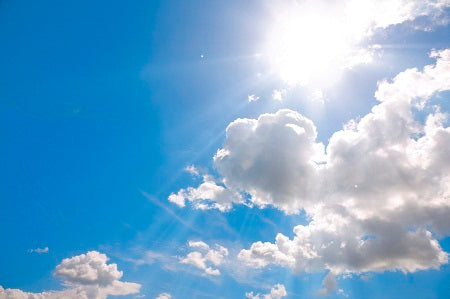
As the concern of health risks of UV sunlight is growing, many studies have been conducted and have found that green tea and its antioxidant components are the potent treatment for UV-induced skin damages. Green tea is known to be20 times stronger than vitamin E in inhibiting the formation of free radicals and UV-induced cell damage.
EGCG and chlorophyll from green tea are the focus of a lot of recent researches. So let’s take a detailed look at these two.
EGCG & skin-aging and UV damage
EGCG is the major and mostphotoprotective polyphenol catechin constituents in green tea that possesses anti-inflammatory and anti-carcinogenicproperties.
It’s shown that both oral and topical application of EGCG canprevent UVb-induced skin tumor development in mice.Topical application of this antioxidant can suppress chemo- and photocarcinogenesis and prevent oxidative damage from UV rays.
In human skins, EGCG canreduce number of sunburn cells and DNA damage caused by UV-light. It’s because EGCG and other polyphenolsmodulate biochemical pathways that prevent UV-induced inflammatory, cell proliferation, and chemical tumor promoters.
One research studied on the effect of consumption of polyphenol catechins to skin of the group of women. It’s shown that besides inhibit UVb-induced erythema (sunburn), topical application of EGCG also reduces formation of DNA lesions from UV damage. Catechins from green tea can inhibit non-melanoma skin cancer risks due to the enhancement of DNA repair. It triggersinterleukin (IL)-12, a protein that involves in inducing immune responses and DNA repairing.
Moreover, consuming beverage with EGCG can decrease erythema intensity by16% and 25% after 6 and 12 weeks respectively. Oral consuming 500mg catechins per day for 24 months significantly reduce overall solar damage at 6th month, and erythema andtelangiectasias (spider veins) at 12th month.
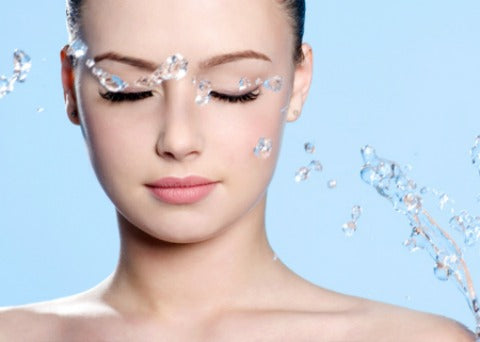
Furthermore, the study also shows the improvement of skin structure and elastin. The polyphenols increase the cutaneous blood flow by 29% after 12 weeks of catechin consumption.Skin hydration also increased 9% and 17% after 6 and 12 weeks respectively.The polyphenols help increaseblood flow and oxygen delivery to the skin, thus, positively effect on skin structure, including elasticity, roughness, scaling, density, and water homeostasis. The study concluded that the combination of topical and oral catechins (EGCG) application significantly improve skin elastin content of womenafter 8 weeks.

In conclusion, EGCG, a super antioxidant that found abundantly in matcha, has great properties can help improve skin structure from UV damage and prevent skin-aging. Both topical and oral administration of matcha EGCG can treat skin-aging.
Chlorophyll & skin detoxification and inflammatory
Beside EGCG, chlorophyll also contributes a great impact on skin treatment. Its detoxification and anti-inflammatory effect on skin are well studied. In a research, chlorophyll a and b from green tea are found to significantly suppress inflammatory reaction and tumorigenesis (tumor formation) of skin in mice.
In addition to the healing properties, chlorophyll is also known as blood cleanser. It is resemble to human red blood cell molecule which able to transport O2 and remove CO2. That really helps better blood circulation, thus, better cell functioning. Chlorophyll also has ability to balance pH, disinfect, support immune system, and absorb heavy metals, toxins, and radiation. Due to these wonderful properties, it is an excellentdetoxifier. Detoxification helps skin flush out the toxins and oxidative free radicals that are known to damage and speed up skin aging.
Chlorophyll, with its amazing properties, is a potent antioxidant that helps treating skin from damages, like aging, inflammatory, or radicals. Because matcha is abundant with chlorophyll, it is a potential natural therapy for skin-aging.
Matcha and Acne treatment
Acne is another common skin problem that is a concern for many people, including young adults. It affects more than85% of adolescents in the US. It causes significant physical and psychosocial morbidities.
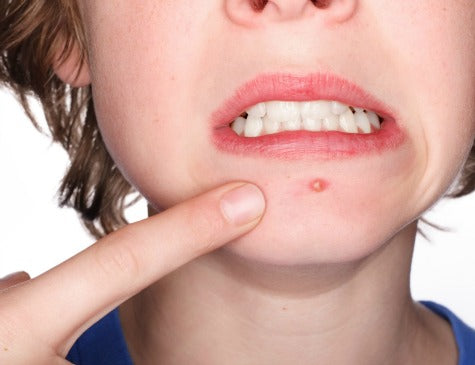
Several skin care products are focusing on acne treatment, which use different natural antioxidants and herbs to treat this skin problem. Matcha, with its rich content of antioxidants, is also studied for its potential of acne treatment.
What cause acne?
Acne is caused by the pathogens whichinterplay with 3 factors: genes, hormones and inflammation. The pathological processes that promote acne development are majorly:
- increase of sebum production
- inflammation
-
activity ofPropionibacterium acnes(acne bacteria)
Sebum is composed of fatty acids, which is produced by sebaceous glands to moisturize skin. When there is too much of sebum, it can get trapped in the skin pores and turn into acne.

Inflammation is when there is oxidative stress occurs. In acne-prone skin, sebum has higher squalene (a fatty acid). When inflammation occurs, squalene is oxidized and damaged which lead to depletion of protective antioxidants from skin and trigger acne development.
Propionibacterium acnes(P. acnes) is abacterial species that responsible for acne development and skin infection. The overgrowth ofP. acnes will increase skin inflammation which lead to acne.
So, how does matcha help curing acnes? We’ll look at the details right now.
EGCG & sebum production and P. acnes activity
We all know EGCG is an AWESOME antioxidant with its potent anticarcinogenic, antimicrobial, AND anti-inflammatory properties. As we have mention how wonderful it helps inflammation, we will take a look at its effect on sebum production andP. acnes activity.
Effect on sebum production
Catechins, EGCG, from green tea can reduce the severity of acne. EGCG modulates the production and biological actions of androgens hormone which is responsible for sebum production. EGCG also inhibits theabnormal lipogenesis (production of fatty acid). Since sebum is composed of fatty acids, therefore the inhibition by EGCG also suppress sebum production.
A study showed that sebum production is reduced by70% after 8 weeks consuming green tea, which reduces acnes and pimples. Its mechanism is that EGCG bind into the androgen receptors on the skin, which blocking and inhibiting the biochemical pathway of sebum production.
Effect on P. acnes activity
The abnormal bacterial proliferation, P. acnes, associates with acne. EGCG can exert antimicrobial activity against diverse species of microorganisms. Due to this properties, a study has shown that EGCG significantlysuppress the growth of P. acnes, thus inhibits the abnormal overgrowth of P. acnes in the development of acne.
Moreover, since inflammation can induce bacterial growth, EGCG decreases skin inflammation, thus decrease the activity of P. acnes and acne development. The study also found that EGCG treatment significantly improves acne lesion by79-89% after 8 weeks.
Since matcha is rich of EGCG, 137 times more than regular green tea, it is an EXCELLENT treatment for acnes and skin infection.
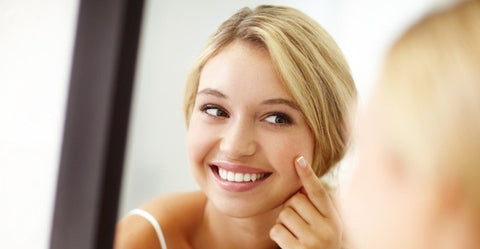
How to use matcha for skin care?
As mentioned above, both topical and oral catechins are helpful in skin care. Drinking matcha is an option that can help the skin. Another way is to use matcha facial mask on your face.
Matcha facial mask is a natural skin care product since all the ingredients are natural. There are different ways to DIY matcha facial mask. Following is a recipe of matcha facial mask by Dr.Talia Macheggiani. This recipe is raw, natural and very easy to make. Recipe isHERE!
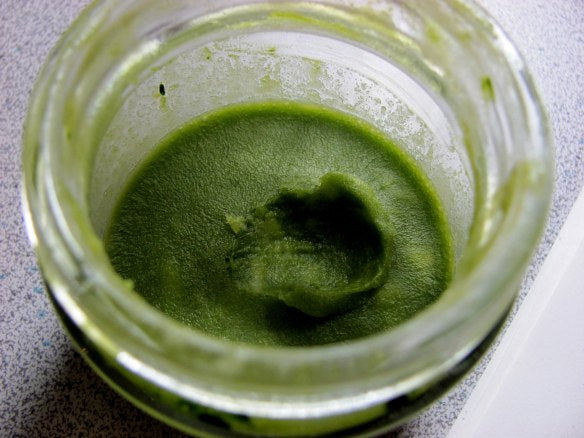
(Photo from Taliand.com)
You can apply the mask overnight to have the effect. A study has shown that for the antioxidant to be effective, they must be in the active form long enough to reach the target and exert the desired effects. Therefore, you should apply the facial mask in a reasonable amount of time for the mask to work. Follow the direction of the recipe also help you to get the desired effect!
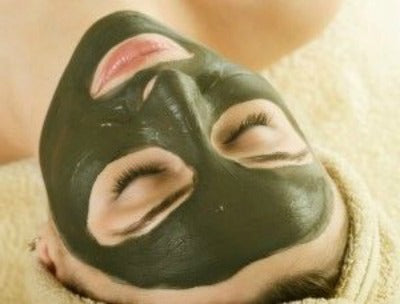
How do you like the post? If you have any question about this topic or get more posts like this, don’t forget to:
